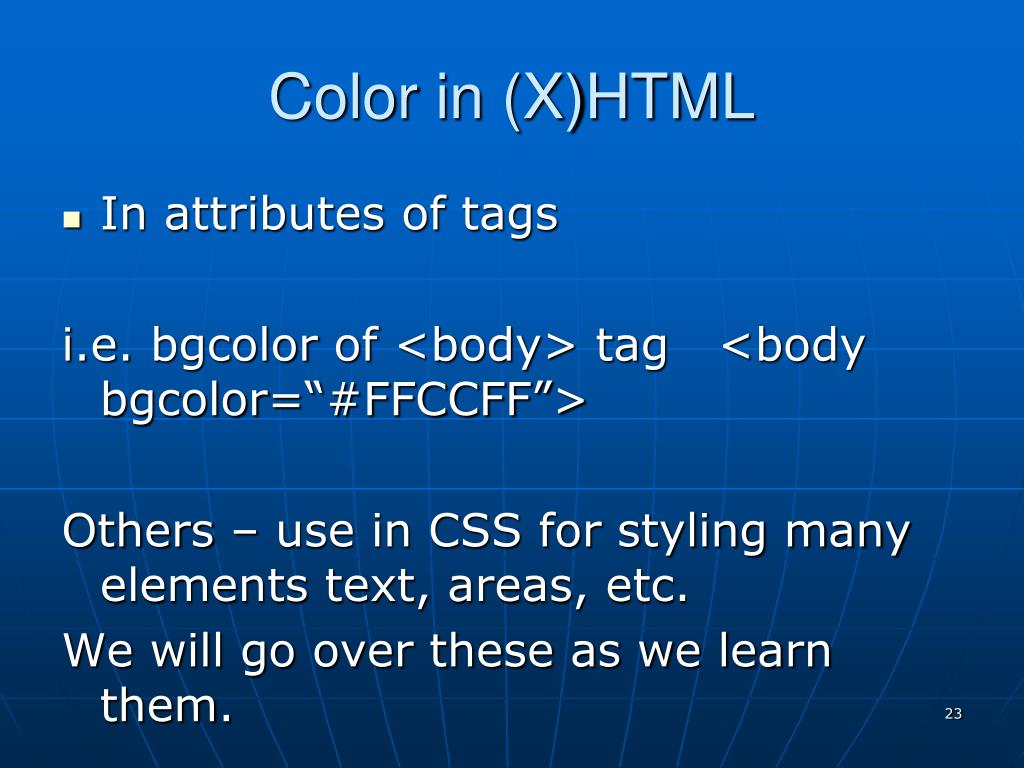

Selecting that option allows you to manually change each of the colors in the palette that you can save in an XML file format. You may also notice at the very bottom that there is a Customize Colors… option. Selecting any of these alternatives changes the default colors applied in your Excel workbook.

In the left side of the Page Layout tab (and this applies to Excel 2010, 2013, and 2016 on PCs Macs are a little different and I explain this in a Note below), there is a Themes group, which, among others options, contains a Colors dropdown menu (the images here are all from Excel 2013). In case you don’t know, every modern version of Excel contains more than 50 alternative color palettes to the default Excel colors. In turn, I’ve taken Pablo’s color palettes (thanks again, Pablo!) and converted them into 150 files you can input into Excel for your own use. (In my opinion, Canva’s “Design School” provides some of the best beginner design work out there, which is why I’ve included them in my list of Design Resources.)Īt the beginning of this year, Pablo Sáenz de Tejada turned all of those color palettes into a free, downloadable text file you can use to input them into Tableau. For example, in two posts from Canva last year, they provided over 150 different color palettes derived from and photos and “ impactful websites”.

Fortunately, there are lots of creative people out there willing to provide you with samples, or at least a start. For me, using those default colors suggests a level of laziness-that the creator couldn’t bother to consider alternative colors to better display the data or convey their argument.īut how do you choose alternative color palettes? If you’re not a designer (like me), this might seem an impossible task. Using color in some of the default tools such as Excel and Tableau will yield visualizations that look just like everything else. As Maureen Stone once famously wrote, “Color used poorly will obscure, muddle and confuse.” It can be used to make things seem drab or to make them “pop”. Color can be used to highlight and draw attention, but also to confuse. On the Custom tab, in the Colors dialog box, type the color formula values (that you noted in step 3) into the Color model box and ithe Red, Green, and Blue color boxes.Choosing and implementing color palettes is a difficult task in visualizing data. To change the color of the followed hyperlink text, click Followed Hyperlink, and then click More Colors. To change the color of hyperlink text, click Hyperlink, and then click More Colors. In the Create New Theme Colors dialog box, under Theme colors, do one of the following: On the Design tab, in the Themes group, click Colors, and then click Create New Theme Colors. Select the hyperlink text whose color you want to change. In the Colors dialog box (shown below), on the Custom tab, note the color formula values in the Color model box and in the Red, Green, and Blue color boxes.Ĭlick Cancel twice to exit the Colors and Font dialog boxes. On the Font tab, under All text, click the arrow next to Font color, and then click More Colors. Select and then right-click the text that is the color that you want the hyperlink text to be, and then click Font.


 0 kommentar(er)
0 kommentar(er)
